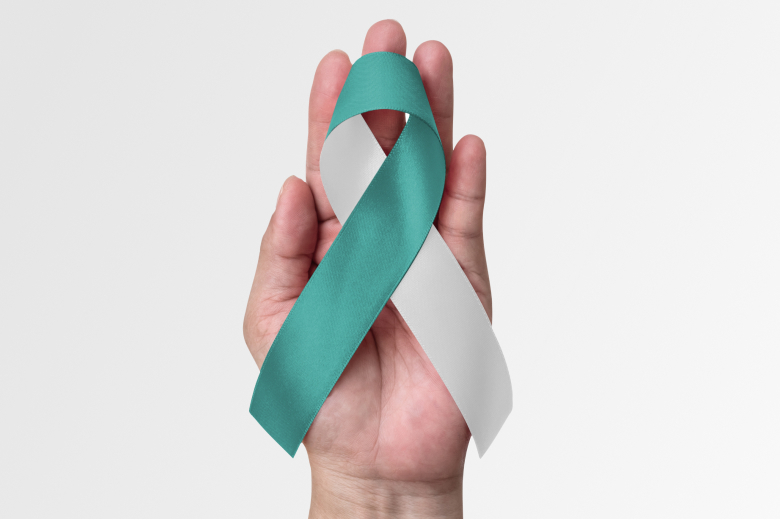The importance of cervical cancer screening
The importance of cervical cancer screening https://www.hemogenomics.com/wp-content/uploads/2022/04/Picture2.jpg 780 520 admin https://secure.gravatar.com/avatar/b76c3badb92458870961a6249588e2b1?s=96&d=mm&r=gScreening is used to detect precancerous changes or early cancers before signs or symptoms of cancer occur. Scientists have developed, and continue to develop, tests that can be used to screen a person for specific types of cancer before signs or symptoms appear.
The fact that cervical cancer rarely presents any symptoms in its early stages highlights the importance of regular screening for the disease.
The Pap test (or Pap smear) or Liquid Based Cytology test (or LBC) looks for precancers, cell changes on the cervix that might become cervical cancer if they are not treated appropriately.
The HPV test looks for the virus (human papillomavirus) that can cause these cell changes.
When to Get Screened
- Cervical cancer testing (screening) should begin at age 25.
- Those aged 25 to 65 should have an HPV test every 5 years. If HPV testing is not available, screening may be done with either a co-test that combines an HPV test with a Pap/LBC test every 5 years or a Pap/LBC test alone every 3 years.
- Those over age 65 who have had regular screening in the past 10 years with normal results and no history of CIN2 or more serious diagnosis within the past 25 years should stop cervical cancer screening.
- People who have had a total hysterectomy (removal of the uterus and cervix) should stop screening, unless the hysterectomy was done as a treatment for cervical cancer or serious pre-cancer. People who have had a hysterectomy without removal of the cervix (called a supra-cervical hysterectomy) should continue cervical cancer screening.
People who have been vaccinated against HPV should still follow these guidelines for their age groups.





